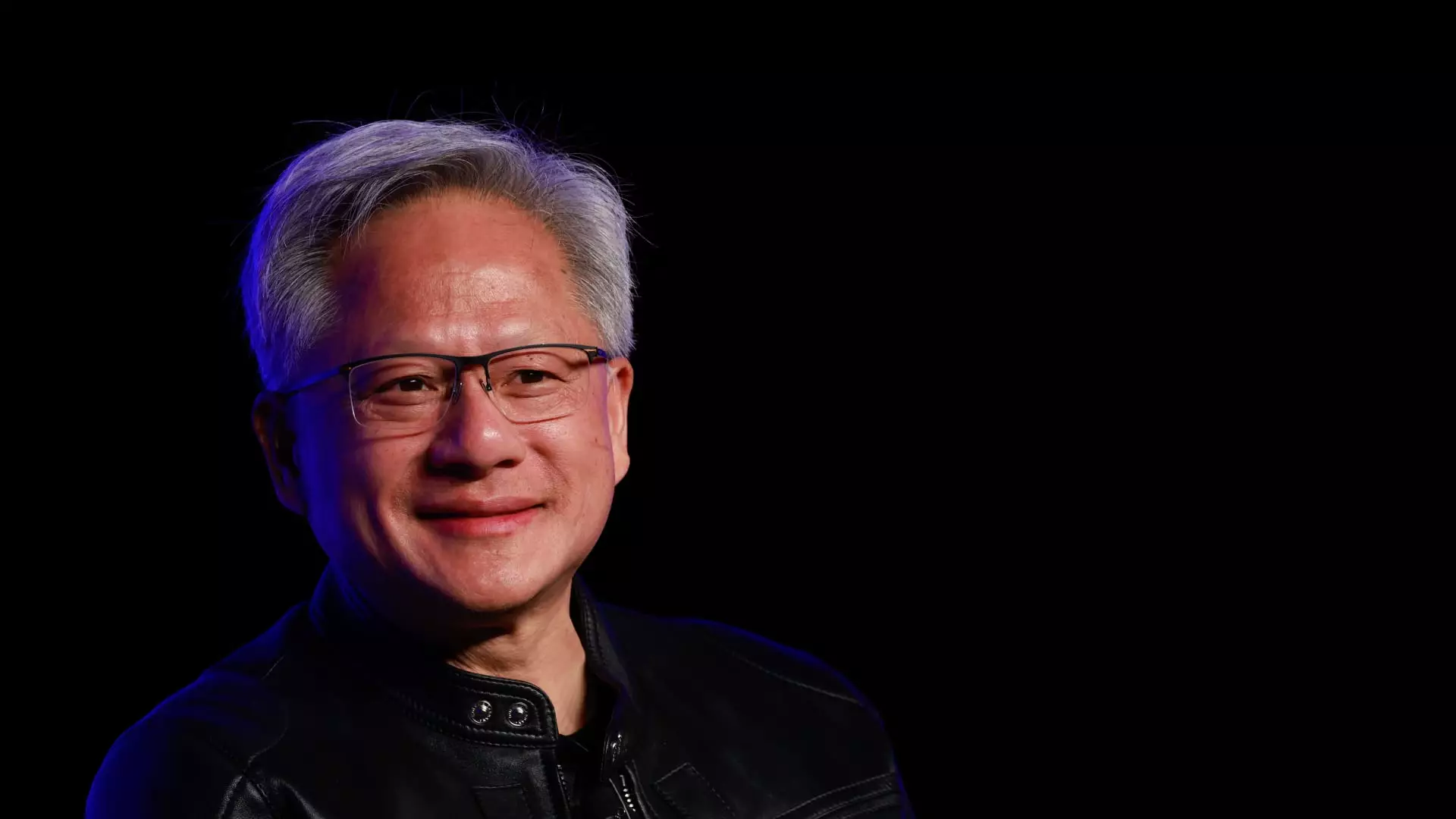In an era where technology seems to advance at the speed of light, a new revolution is redefining our interactions with computers. Jensen Huang, CEO of Nvidia, has gone as far as labeling artificial intelligence (AI) as the “great equalizer.” This groundbreaking sentiment isn’t just corporate jargon; it reflects a dramatic shift in how we think about programming and accessibility in technology. Historically, diving into the realm of computing required specialization in complex programming languages like C++ or Python—a significant barrier that limited access for many. Huang’s assertion that a new programming language has emerged—one based on everyday human conversation—presents immense possibilities for democratizing technology.
Conversational AI made significant headlines in 2022, notably with the explosive rise of OpenAI’s ChatGPT. Users quickly adapted to its capabilities, leading to staggering statistics—400 million weekly active users, according to OpenAI. These chatbots, increasingly integrated into our daily tasks, create a user experience that feels personal and human-like. They bridge gaps that once seemed insurmountable, making programming approachable for the average individual. It’s not just about typing out code; it’s about expressing needs and thoughts in common vernacular, opening the door to a broader base of users.
The Human Language of Programming
Huang’s declarations have strong implications for our understanding of programming. His analogy stating, “The way you program a computer today … is like the way you program a person,” encapsulates the essence of this technological evolution. This new paradigm allows users to engage with AI systems as they would with a human, using simple commands or questions to elicit complex tasks, such as generating original poetry or summarizing content effectively.
Imagine asking an AI, “Could you draft a poem reflecting today’s keynote speech?” The simplicity of this request is revolutionary. Huang’s insight highlights that AI can not only produce an adequate response but can also iterate on its results based on feedback, showcasing adaptability and refinement—a characteristic often associated with human intelligence. This dynamic interchange transforms how we perceive creativity and cognition in machines, opening avenues for collaborative innovation.
Business Adaptation in an AI Era
The business implications of Huang’s vision are substantial. Companies, traditionally wary of technology that might disrupt labor markets, are now welcoming AI into their workflows. Shopify, Duolingo, and Fiverr are among the companies leading the charge, advocating for employee engagement with AI tools to improve efficiency. The rise of business-focused users—3 million paying subscribers reported by OpenAI—suggests a seismic shift in workplace dynamics, one where AI acts not as a replacement but as a partner in productivity.
Huang acknowledges a delicate balance between utilizing AI and facing the apprehensions surrounding job security. Still, he insists that technology should empower rather than intimidate. Individuals who embrace these tools can enhance their skill sets and maintain their relevance in an ever-evolving job landscape. Therefore, familiarity with conversational AI becomes not only an asset but a necessity for future-proofing one’s career and adapting to modern workplace demands.
A Call to Action for the Next Generation
Perhaps the most compelling part of Huang’s message is his encouragement for everyone—especially children—to engage with AI technologies. He underscores that proficiency in this new programming language comes naturally to the younger generation, who are already experimenting and innovating through conversational interfaces. By fostering a culture of interaction with AI at an early age, we could be nurturing a generation of creators and thinkers unbound by the constraints of traditional tech barriers.
This shift in interaction invites an exploration of ethical considerations and developmental focus. As we redefine our relationship with computers, we must remain vigilant about the implications of AI in society. Responsible use of these technologies is critical in ensuring they serve the greater good. The opportunities are limitless, but we must navigate this landscape thoughtfully to build a future that leverages AI as a tool for empowerment rather than a catalyst for division.
The conversation around AI reveals a compelling truth: it has the potential not just to change how we work but to redefine who can work in the tech space. In this rapidly evolving landscape, the future belongs to those willing to embrace the human-centric approach that AI promises.

